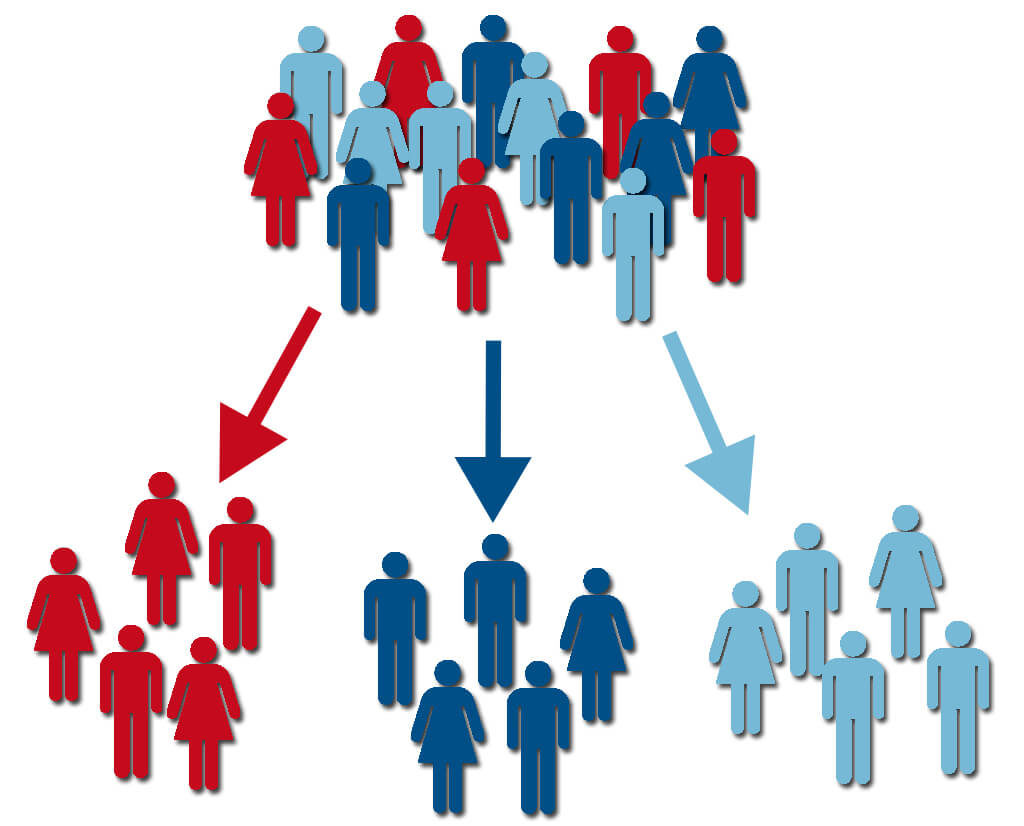An Introduction to Audience Segmentation
What is Audience Segmentation?
Audience segmentation describes the practice of dividing or grouping your audience in to smaller sub-groups based on similar attributes and characteristics.

There are four basic types of segmentation:

- Demographic segmentation focuses on identifiable non-character traits such as someone’s age, gender or ethnicity.
- Geographic segmentation focuses on where your audience are by country, region, city or postal code.
- Psychographic segmentation focuses on your audiences personalities and interests, taking in to account such things as their lifestyle, hobbies, values and interests.
- Behavioural segmentation focuses on your audiences behaviour and interactions with your business.
Why is Audience Segmentation Important?
By segmenting your audience you are able to tailor your email communications to your audience, ensuring that relevant content is arriving in their inbox and that, in turn, they are more likely to open, read and engage with your emails.
For example, a pet store might choose to segment their customers based on the pets that they have – dog owners, cat owners or owners of both.
By segmenting their customers the pet store is able to tailor their email content – dog owners can now be sent dog specific and related content, special offers and promotions whereas cat owners will receive cat related content, special offers and promotions.